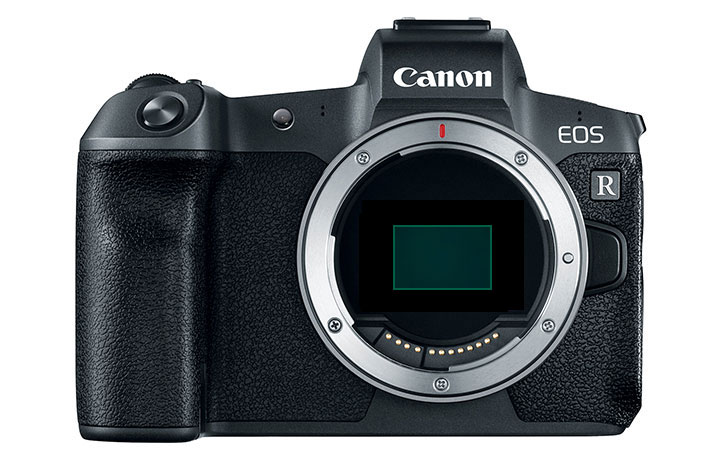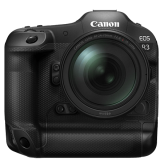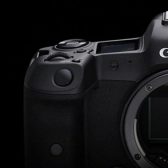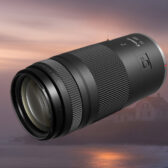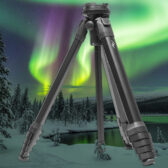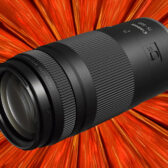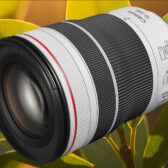Ever since the launch of the original Canon EOS R, there has been a burning question as to whether or not Canon would be bringing an APS-C RF mount camera to consumers.
Over the last few years, there have been sporadic reports that this is going to happen eventually.
I have now been told by a good source that Canon will definitely be bringing an APS-C RF mount camera equipped with a backside-illuminated sensor in the second half of 2022.
I have also been told that this new BSI APS-C sensor will appear in more than one camera. The resolution of the sensor is unknown at this time, but I think something in the area of 28mp-32mp is quite likely.
More to come…
|
When you purchase through links on our site, we may earn an affiliate commission. Here's how it works. |


